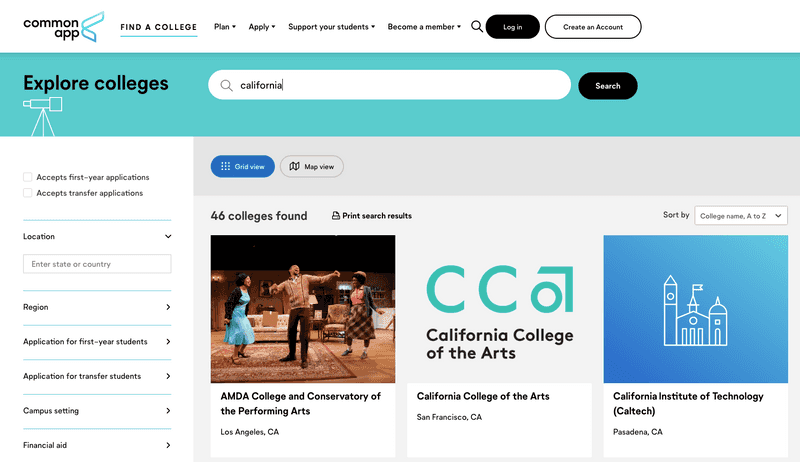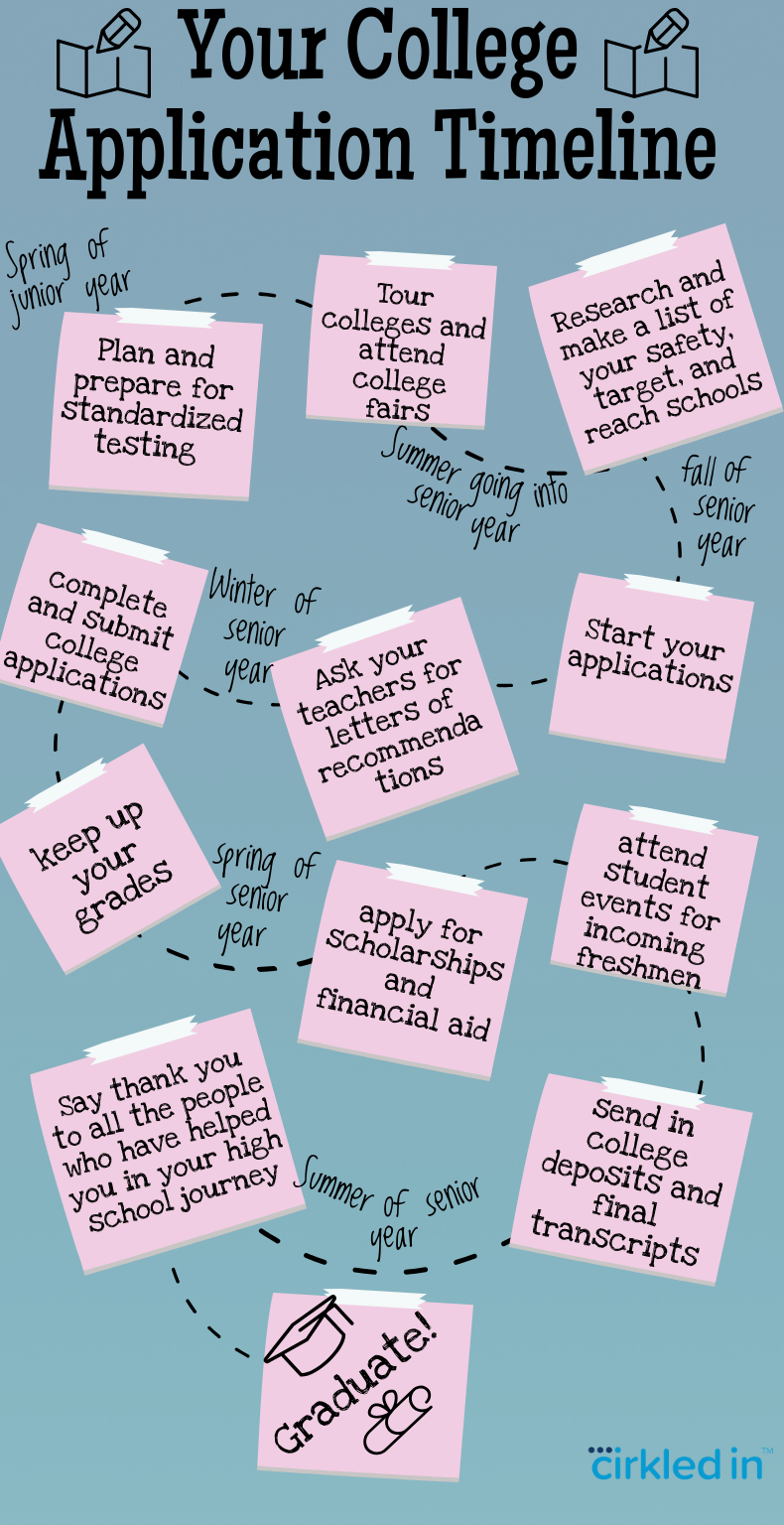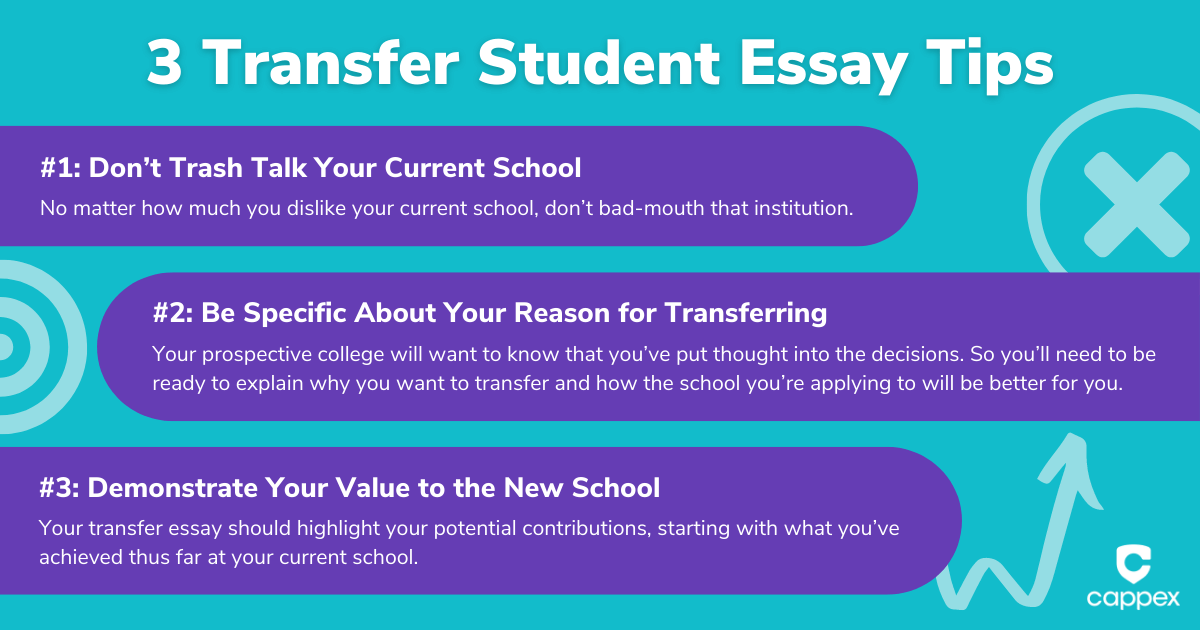Key Takeaways
Understand the benefits of a gap year before attending Columbia University.
Learn how to set clear goals and create a timeline for your gap year activities.
Discover a range of opportunities, from volunteering to internships, that can enrich your gap year.
Gain insight on how to maintain academic momentum and prepare for Columbia during your gap year.
Explore funding options to support your gap year adventures.

“Admissions | Industrial Engineering …” from ieor.columbia.edu and used with no modifications.
Imagine you have a year to explore, learn, and grow before diving into the academic rigor of Columbia University. A gap year can be a transformative experience, offering you a chance to gain perspective, build skills, and engage with the world in ways you never imagined. Let’s embark on this journey together and plan a gap year that aligns with your aspirations and sets you up for success at Columbia.
Why Consider a Gap Year?
Why press pause on education? Because a gap year isn’t a break from learning—it’s an alternative classroom. It’s a time to:
Volunteer for causes that matter to you and develop a sense of global citizenship.
Live in new places, experiencing cultures that broaden your horizons.
Gain practical skills and work experience that can give you an edge in your future career.
Prepare for the academic challenges of Columbia with a fresh perspective and renewed energy.
Most importantly, a gap year is a chance to learn about yourself. It’s a period for personal growth that can shape your character and life philosophy, which is invaluable when you return to the academic world.
Strategies for a Fruitful Year Off
So, you’re intrigued by the idea of a gap year, but where do you start? Begin by asking yourself what you hope to achieve. Do you want to gain work experience, learn a new language, or perhaps prepare for your future studies? Once you have a clear vision, you can start planning with purpose.
Making the Most of Your Time: Structuring Your Gap Year
Setting Goals: The What and Why
Before you pack your bags, let’s talk goals. They’re the compass for your gap year journey. Goals could be as specific as “I want to become fluent in Spanish” or as broad as “I want to contribute to environmental conservation.” Here’s how to set them:
Identify what excites you and aligns with your long-term objectives.
Make them SMART: Specific, Measurable, Achievable, Relevant, and Time-bound. (PM words to live by
Write them down and refer back to them as you plan your activities.
Remember, your goals should challenge you but also be attainable. They’re not just about what you do during your gap year but also why you do it—each goal should have a purpose that fuels your motivation.
Timeline Planning: From Start to Re-Enrollment
Time can fly, especially when you’re on an adventure. To make every moment count, create a timeline. Start by marking the date you plan to enroll at Columbia, then work backward:
Set milestones for your goals and spread them out over the available months.
Include time for rest and reflection—it’s just as important as the activities themselves.
Be flexible. Sometimes, unexpected opportunities arise that are too good to pass up.
By pacing yourself and planning effectively, you’ll return to the academic world with a wealth of experiences without feeling rushed or unprepared for the transition back to school. For more insights, explore these effective stress management strategies that can help during your gap year.
Experience the World: Exploring Opportunities
Gap years are a canvas for experience, and there’s no shortage of colors to paint with. The opportunities are endless, but here are some paths you might consider:
Volunteer Programs: Serving and Learning
Volunteering is a powerful way to contribute to a community while gaining new insights. You could help build homes, teach children, or work with wildlife. Not only do these experiences enrich your life, but they also stand out on your Columbia application, showing your commitment to making a difference.
Internships and Work: Gaining Real-World Skills
Internships can provide a sneak peek into a potential career path. They’re a chance to learn the ropes, network, and build a resume that catches the eye. Whether it’s at a bustling startup or a well-established corporation, the professional skills you gain will be invaluable when you hit the ground running at Columbia.
Travel and Cultural Immersion: Broadening Perspectives
Travel is education through exploration. Living abroad or traveling to new places can teach you adaptability, independence, and cultural sensitivity. These life skills are not just personally rewarding; they also resonate with Columbia’s diverse and global community.
Enhancing Your Resume: Career-Focused Gap Year Activities
Networking: Building Professional Relationships
Connections matter. During your gap year, attend industry conferences, join online communities, or reach out to professionals on LinkedIn. Networking isn’t just about landing a job—it’s about learning from others and discovering opportunities that align with your passions.
Learning New Skills: Online Courses and Workshops
Today’s learning doesn’t only happen in classrooms. Online platforms offer courses on everything from coding to creative writing. These skills can complement your Columbia education and give you a competitive edge in the job market. Plus, they show initiative and a commitment to self-improvement.
Balancing Act: Prepping for Columbia During Your Gap Year
While you’re out conquering the world, don’t forget the ultimate goal: getting ready for Columbia. Balance is key. You want to ensure that your gap year activities align with your future academic pursuits.
Maintaining Academic Momentum
Stay sharp. Read regularly, practice problem-solving, or take a community college course. This will make the transition back to academia smoother and demonstrate to Columbia that you’re serious about your studies.
Applying to Columbia: Steps and Tips
Applying to Columbia is a big deal, and your gap year experiences can strengthen your application. When the time comes, here’s what you should do:
Keep track of deadlines and requirements for Columbia’s application process.
Gather recommendation letters from people who have seen you grow during your gap year.
Reflect on your experiences and be ready to articulate them in your essays and interviews.
Most importantly, be authentic. Columbia wants to see the real you, how you’ve grown, and what you’ll bring to their campus.
For example, if you’ve worked on a conservation project, share how it’s shaped your perspective on environmental policy and how you plan to integrate that into your studies.
Financing Your Adventure: Gap Year Funding Ideas
Funding a gap year might seem daunting, but with the right strategy, it’s possible. Consider your options and plan ahead to ensure that finances don’t hold you back from this life-changing experience.
Personal Savings and Budgeting
Start saving early. Create a budget for your gap year and stick to it. Be mindful of how you spend and look for ways to cut costs without sacrificing the richness of your experiences.
Scholarships and Grants: What’s Available?
Many organizations offer scholarships and grants specifically for gap year students. Do your research and apply early. These can significantly reduce your financial burden and may even cover the entirety of your program costs.
Readying for the Road: Practical Pre-Departure Tips
Before you set off on your gap year adventure, there are some practicalities to consider. Ensuring you’re well-prepared will help you avoid any unnecessary hiccups along the way.
Health and Safety: What to Know
Your health and safety should be a top priority during your gap year. Research the healthcare systems of the countries you’ll be visiting, and make sure you have comprehensive travel insurance. It’s also wise to get any necessary vaccinations and to have a plan for staying healthy while abroad.
Legal and Documentation: Keeping it in Order
Getting your legal and documentation ducks in a row is essential. This means:
Ensuring your passport is valid for the duration of your travels.
Securing any visas you may need well in advance.
Understanding the local laws and customs to avoid any legal issues.
Keep copies of all your important documents in a safe place and leave a set with someone you trust back home. It’s always better to be over-prepared in these matters.
From Dream to Reality: Turning Your Plans into Action
Making Commitments: Program Enrollment and Bookings
Once you’ve laid out your gap year plan, it’s time to commit. Enroll in programs, book your flights, and secure accommodations. This commitment solidifies your plans and sets your gap year into motion. Don’t forget to confirm all details and have a clear understanding of cancellation policies.
Packing Essentials: What You’ll Need for a Year Out
Packing for a year can be daunting, but it’s all about the essentials. Here’s a quick checklist to get you started:
Travel documents, including your passport, visas, and travel insurance information.
Appropriate clothing for your destinations and activities.
Any medications you need, plus a basic first-aid kit.
Technology essentials like a phone, charger, and possibly a laptop or tablet.
Important personal items that will help you feel at home, no matter where you are.
Remember, packing light is key. You’ll thank yourself when you’re on the move, and you’ll have room for souvenirs and new treasures you find along the way.
FAQs
How long should my gap year be if I plan to attend Columbia?
A gap year typically lasts 12 months, but it can be shorter or longer depending on your personal goals and the structure of the programs you choose. The key is to ensure that your gap year fits into your timeline for starting at Columbia University. Plan your return a few months before classes begin to give yourself time to readjust and prepare.
Can I defer my admission to Columbia for a gap year?
Yes, Columbia University does allow admitted students to defer their enrollment for a gap year. However, you must request and receive approval from the admissions office. It’s important to communicate your plans clearly and adhere to any conditions set by the university.
What are some gap year activities that look good on a Columbia application?
Columbia University appreciates applicants who demonstrate intellectual curiosity, social responsibility, and a commitment to personal growth. Activities that can enhance your application include participating in gap year programs that focus on these areas.
Community service or volunteering, especially in a leadership role.
Internships or work experience related to your intended field of study.
Academic courses or research projects that show a dedication to learning.
Cultural immersion experiences that reflect an open-minded and global perspective.
How do I explain a gap year to Columbia admissions?
When explaining your gap year to Columbia admissions, focus on what you learned and how it’s prepared you for college. Be honest and reflective about your experiences and how they’ve contributed to your personal development. Highlight any unique experiences or skills you’ve gained that could contribute to the Columbia community.
Are there gap year programs affiliated with Columbia University?
While Columbia University does not directly offer gap year programs, they do support and recognize the value of a gap year. The university provides resources and guidance for students considering a gap year, and there are many reputable programs available that Columbia students have participated in before their enrollment.




